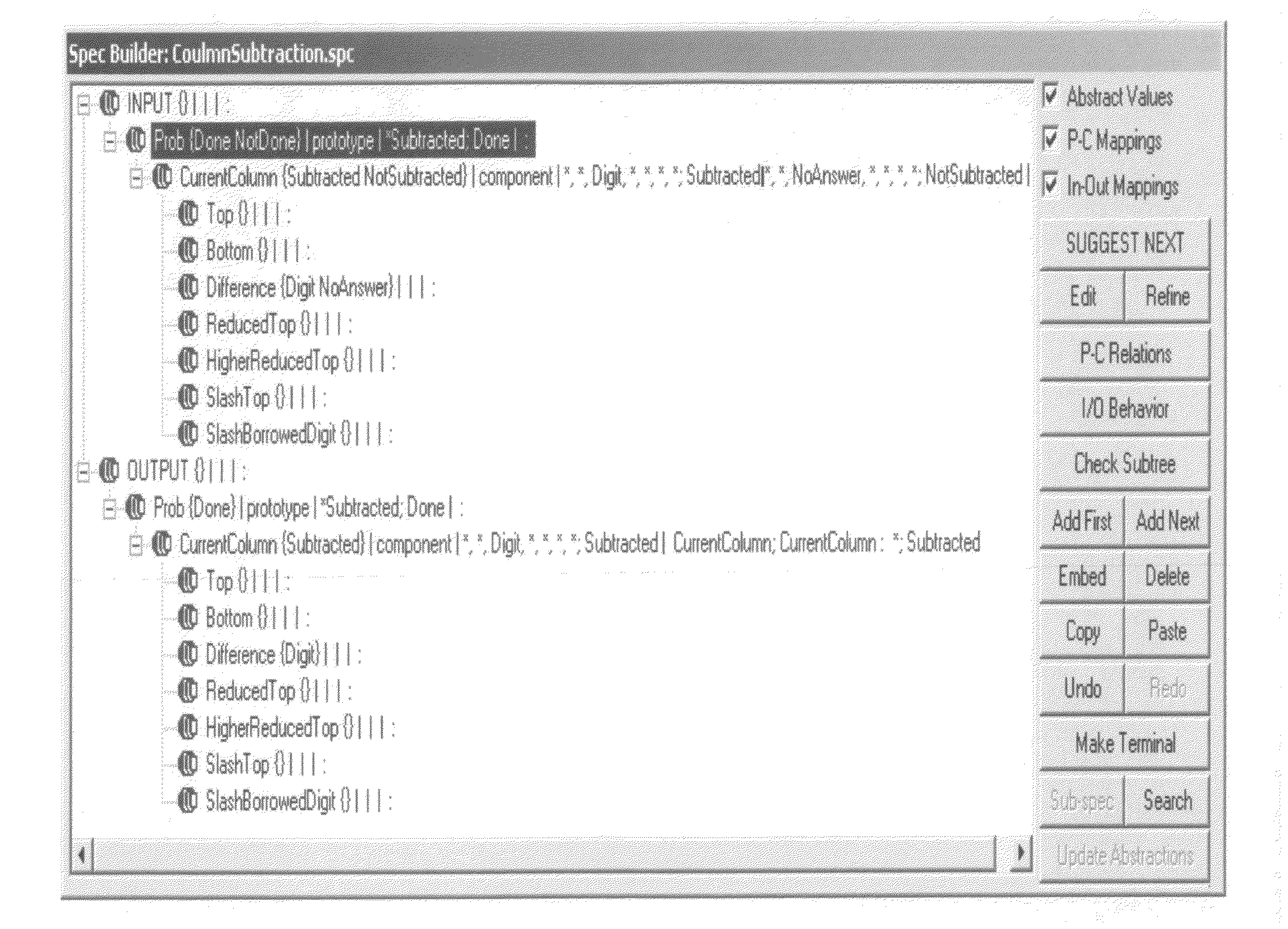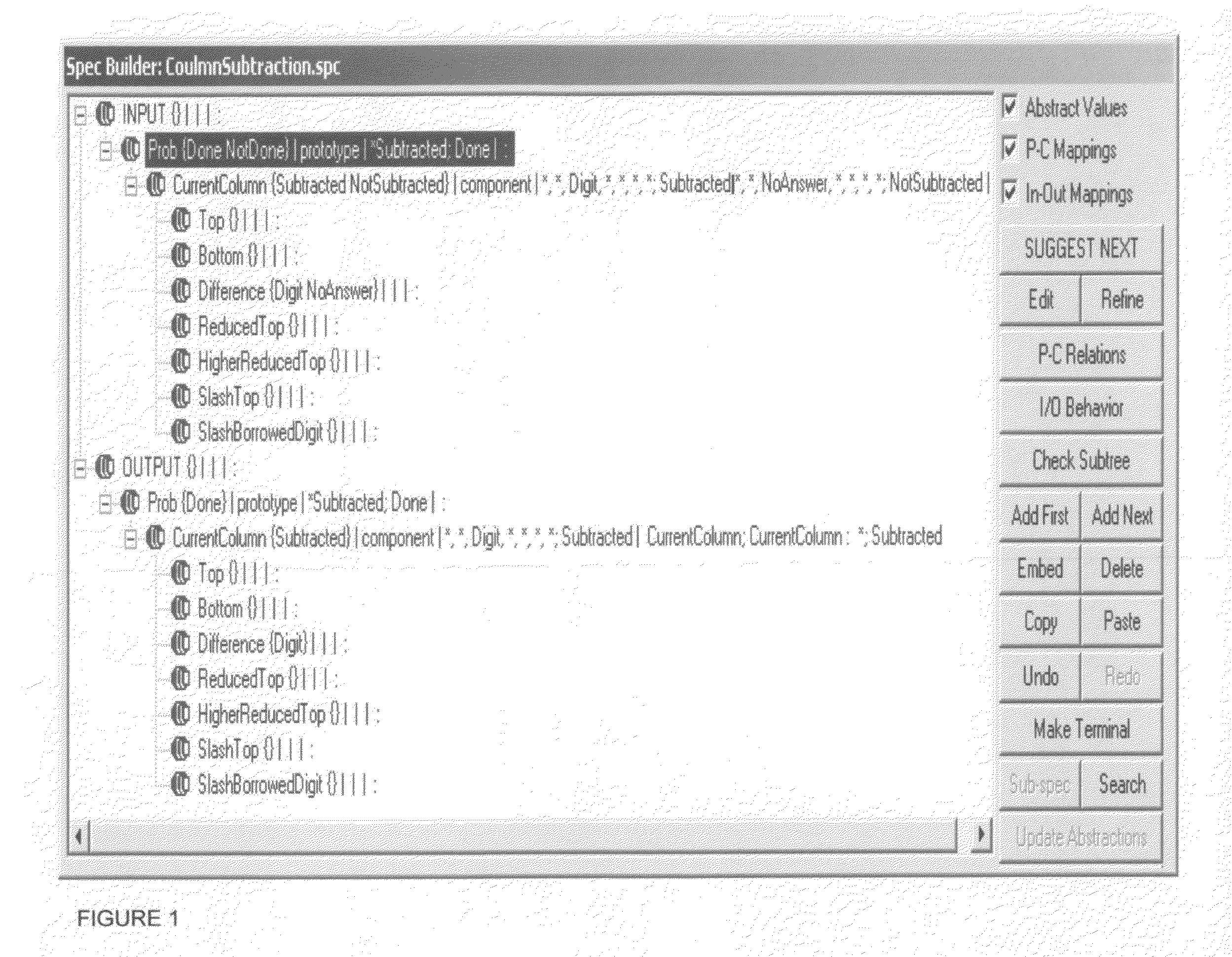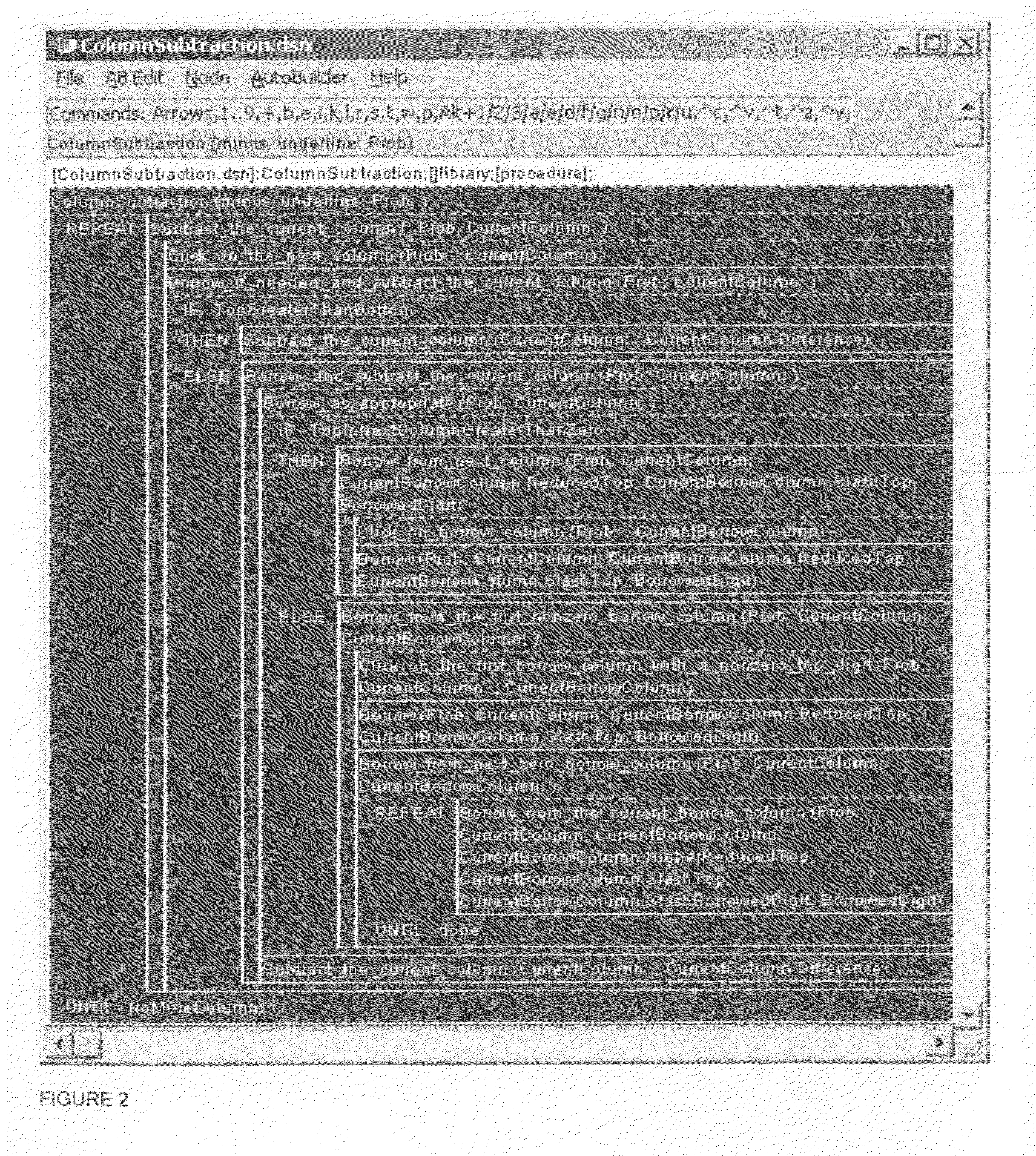The main problem is that good tutoring systems have been difficult and expensive to build.
Moreover, their educational benefits have been difficult and expensive to evaluate.
Determining effectiveness and efficiency invariably requires direct (and often expensive) empirical evaluation.
The results are rarely if ever as good as what a human tutor can do, and comparisons with classroom instruction are often hard to evaluate.
After years of effort, beginning with
Control Data's work (under the leadership of William Norris) in the early 1960s, the best CBI is limited to providing pretests to identify areas of
weakness, providing instruction aimed at deficiencies and following up with post tests to determine how much has been learned.
Identifying the productions involved in any given domain is a difficult task.
Specifying learning mechanisms is even harder.
This goal has been broadly influential but never achieved through
automation.
The limited success of CBI, combined with the complexities and cost inefficiencies of ITS have reduced effort and research support for both CBI and ITS.
This disclosure shows that these trends are premature.
This potential, however, has never been fully realized in practice.
A major
bottleneck in the process has been representation of the content domain (expert model).
279) put it, “The fundamental problem is organizing knowledge into a clear hierarchy to take best
advantage of the redundancies in any particular domain.
Without extensive experience in doing this, we are largely ignorant of the kind of links and predicates to use.
We are still far from
cataloging the kinds of links needed for these semantic hierarchies.
Unlike production systems and SLT procedures, however, they are not easily interpreted (executed on a computer).
Such systems facilitate the development of
instructional software but they are limited to prescribed kinds of knowledge.
In particular, they are inadequate for delivering instruction where the to-be-acquired knowledge involves more than one type, as normally is the case in the real world.
However, the problem remains that there have been no clear, unambiguous, universally applicable and internally consistent methods for representing content (expert knowledge).
In this context it is hard to imagine a general-purpose tutor that might work even reasonably (let alone equally well) with different kinds of content.
Without a formalism that more directly represents essential features, it is even harder to see how production systems might be used to automate construction of the human interface.
Specifically, such standards may or may not allow the possibility of building general-purpose tutors that can intelligently guide testing (diagnosis) and instruction based solely on the structure of a KR without reference to
semantics specific to the domain in question.
They do not, however, offer a solution to the problem.
Despite considerable training in statistics and having conducted a good deal of traditional
experimental research (e.g., Greeno & Scandura, 1966; Scandura & Roughead, 1967; Scandura, 1967), I found unsatisfying comparisons based on averaging behavior over multiple subjects.
With essential differences requiring significant study, the long and short of it is that other than our own early tutorials (which made small publisher
Queue one of Inc
Magazine's 100 fastest growing small businesses), SLT failed to significantly inform on-going research in either CBI or ITS.
They have the
disadvantage, however, of forcing one to make a priori judgments about level of analysis.
They also make it difficult to identify subsets of problems associated with various paths in those graphs.
 Login to View More
Login to View More  Login to View More
Login to View More 


